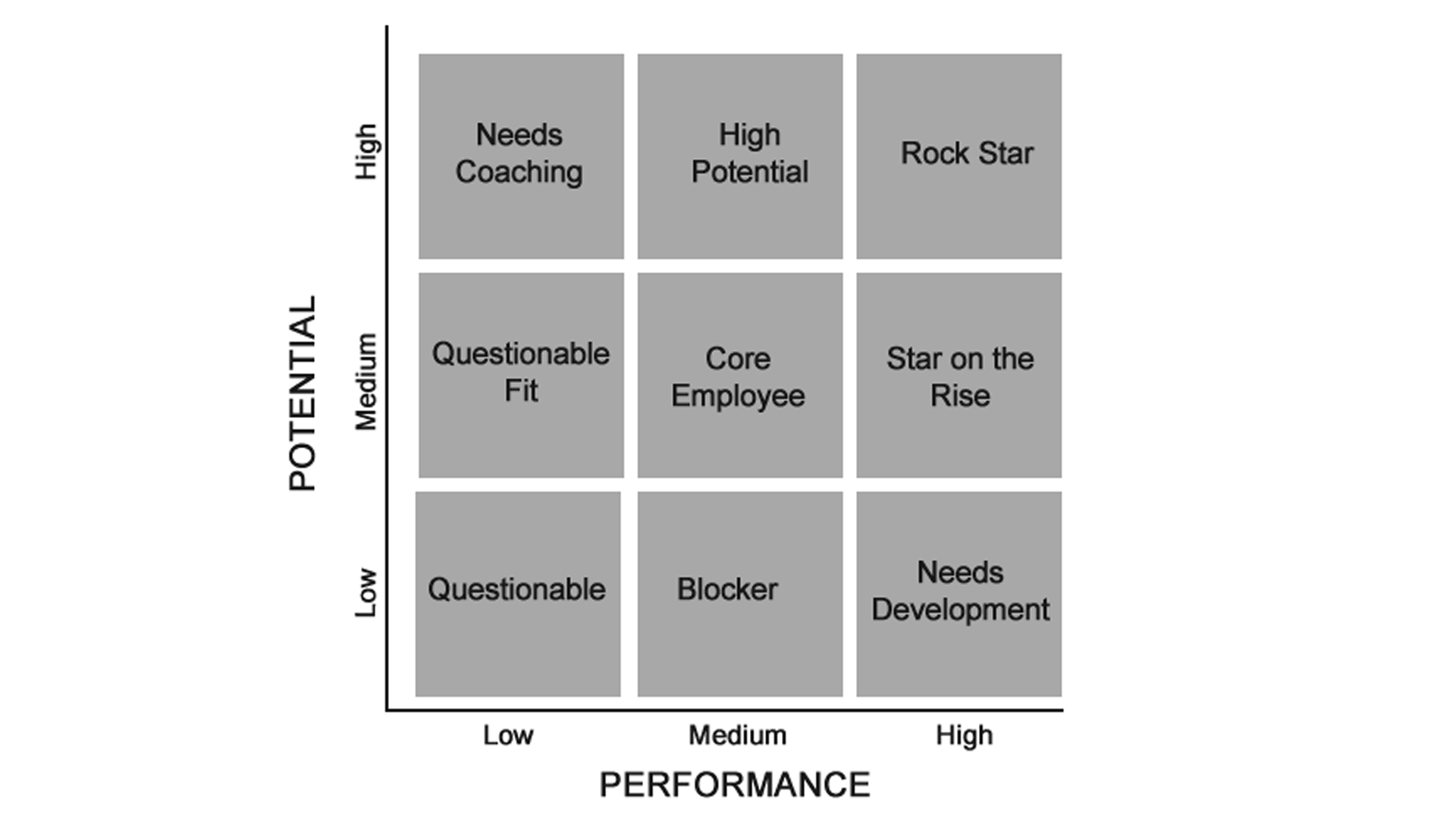
Employee performance metrics are really crucial for tracking how well the employees are performing. Implementing them is difficult but if it is done right, it will be effective and beneficial for both the organization and the employees.
Different types of performance metrics exist. But they can be divided into four categories. These are:
- Work quality metrics
- Work quantity metrics
- Work efficiency metrics
- Organizational performance metrics
Work Quality Metrics
These metrics can give results on the quality of employees. Let’s know some of these metrics that gives employee quality measures.
Management By Objective
This is a model that increases the organization’s performance by translating organizational goals into individual specific goals. These goals are often assigned by managers and employees. In this system:
*Each goal can be given a certain point or number.
*Employees will work on the objective and will report back to managers. Then the manager will give points to the employee upon his work execution.
*The points earned by employees will help the managers evaluate employee quality.
*This method makes goals more tangible to the employees.
Subjective Appraisal by Managers
In this system, employees are judged on their current performance and potential. By considering this two sides, managers can judge the quality of the employees. This metrics is a 9 box grid system where each box represent the different quality of an employee.

*High potential + High Performance = Future growth high (Rockstar)
Etc.
Product Defect
It’s a very tricky way to measure employee performance. Judgement is done based on the number of defect product produced. Lower the defect better the quality of employee.
This method is almost useless now as companies are more focused on making standardized products around the globe.
Number of errors
Works like programming and written work, errors can have big impacts on the outcome. In the number of errors metrics, the number of error done by an employee is the factor that is used to judge the quality of an employee.
Net Promoter Score(NPS)
In this system, judgment is made by the clients. The number is given on the satisfaction level of the service. In most of the cases, this number indicates the willingness of a client to recommend the company’s service. This number is often used to judge the salesperson.
The problem, with this metrics, is that sometimes sales employee may ask for a higher rating from the customer. This may result in wrong feedback.
360-degree feedback
In this metrics, employees feedback on performance can be taken from his peers, managers, subordinate and customers. They are asked to assess on a certain topic. This result most of the time reflects the performance of a certain employee. This is how performance of a certain employee can be done.
180-degree feedback
This metrics is almost the same as the 360-degree feedback. The only difference is that it is only done by managers and employees only. That is why this metrics is effective against employees who do not usually get any direct connection with customers.
Forced Ranking
Forced ranking is another way of judging an employee’s performance. In this metrics, managers are asked to rank their employees. The bottom 10% can be fired and replaced by top talents of the company.
It is claimed that this practice can bring a lot of improvement in the workforce. But at the same time this metrics has been criticized a lot.
Work Quantity Metrics
Quantity can often help managers to identify the performance of the employee in an organization. There are a few metrics that can help identify employee performance using quantitative value.
Number of sales
Quality of a sales employee can be generated using the number of sales performed by him. This is a very straightforward and simple way of evaluating an employee. This is an outcome metrics where the employee is judged by the number of sales that he makes.
But it is not effective for companies that have the complex sales process. It takes months for some company to take new orders or sales. For these companies, the number of sales is not effective. For them effective metrics are:
* Number of Potential Client Contact
* Number of Phone Calls
* Number of Company Visit
* Number of active leads
* Number of Units Produced
In traditional manufacturing number of unit produced was a quantitative method. Now, a similar method is used to measure the work quantity of an employee. For example Bloomberg tracks the number of keys that their 2,400 journalists hit per minute when they are typing on their keyboard. There are software companies that measure the number of lines written by programmers to monitor the employee performance.
Call center metrics
There are a lot of metrics to judge the quality of call center. Some of them are: Handling time (Duration of contact with the customer and the duration of a customer waiting on hold ), First call resolution( Number of calls that are solved on the first time), Contact Quality (Rating provided by the contact), Service Quality (Number of service handled and handling quality e.g. number of calls received within 25 seconds) etcetera.
Work Efficiency Metrics
Quality and Quantity metrics often fails to mention the balance between quality and quantity altogether.
Work Efficiency
This metrics brings the balance between quality and quantity. This metrics consider the resources (Time, money etc) and judges the output (Quality). This is how it comes up with a proper employee performance. But having such a balance is hard. That is why companies fail to build a structure to manage work efficiency.
Organization Level Employee Performance Metrics
In organization level employee performance metrics organizations can measure their competitiveness with the employee performance.
In some of these metrics, FTE is important. FTE is Full-Time Equivalent. In an organization, there is a lot of employees who work on part-time basis. Converting their time accordingly to the full time and adding them gives the FTE value.
Revenue Per Employee
Revenue per FTE = Total revenue / FTE
This metrics show how much money does per employee makes. Lower the employee and higher the Revenue, better result will be.
Profit Per Employee
Profit per FTE = Total profit / FTE
This metrics shows how much profit is got from one full-time employee. It is quite the same of the previous one. Profit comes instead of Revenue.
Human Capital ROI
Human Capital ROI = [total revenue – (total cost of operation, employee benefit cost, compensation)] / (total cost of operation, employee benefit cost, compensation)
The human capital ROI is a metric that assesses the value of human capital (i.e. knowledge, habits, and social and personal attributes). Human Capital Return on Investment shows how much value human resource is putting to increase the company’s status.
Absenteeism Rate
It is the rate of the employee being absent from work. Measuring this is another way to learn about performance. Because absenteeism rate is proportional to the performance of a workforce.
Overtime Per Employees
Overtime per FTE = Total hours of overtime / FTE
It’s a metrics that help the company find the amount of overtime hour per FTE(Full-time Equivalent)
None of the metrics covered here is perfect. Every metrics has loopholes and flaws. With the variation of the management, different metrics may be effective. Some companies combine few metrics to get the desired result.
Roopokar is one of the leading software development company in Bangladesh. We are providing the best HR & payroll software in Bangladesh. Apart from this we also called the best website design company in Bangladesh.






